February 12, 2015
This is why I flunked Lichen 101
About a mile further up the mountain from the cliffs in yesterday’s post there is a rocky, south-facing, open ridge often frequented by Big Horn Sheep, elk and deer. There were none of them in residence yesterday, but I noticed some very pretty lichens and some small mosses which seemed to be thriving there on the rocks, none of which I can positively identify. For those who are knowledgeable in such things, here are some photos (and a couple of guesses about what they are).
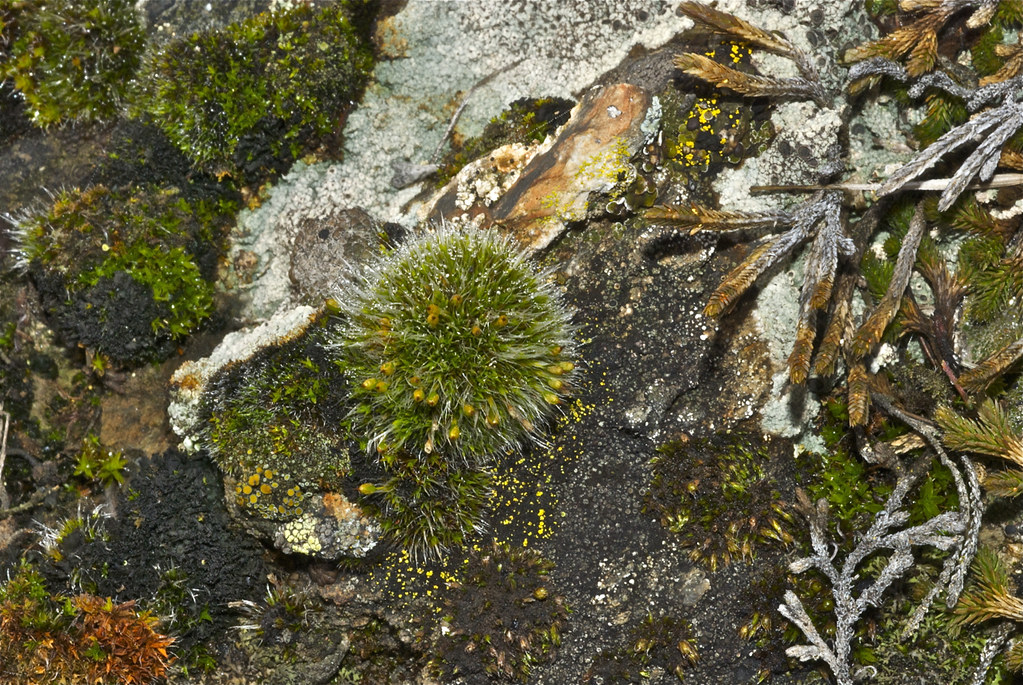
Possibly Yellow-green cushion moss (Dicranoweisia crispula) That little moss was about the size of a quarter, and I noticed that there is a whole botanical garden around it in the space of just a few square inches.
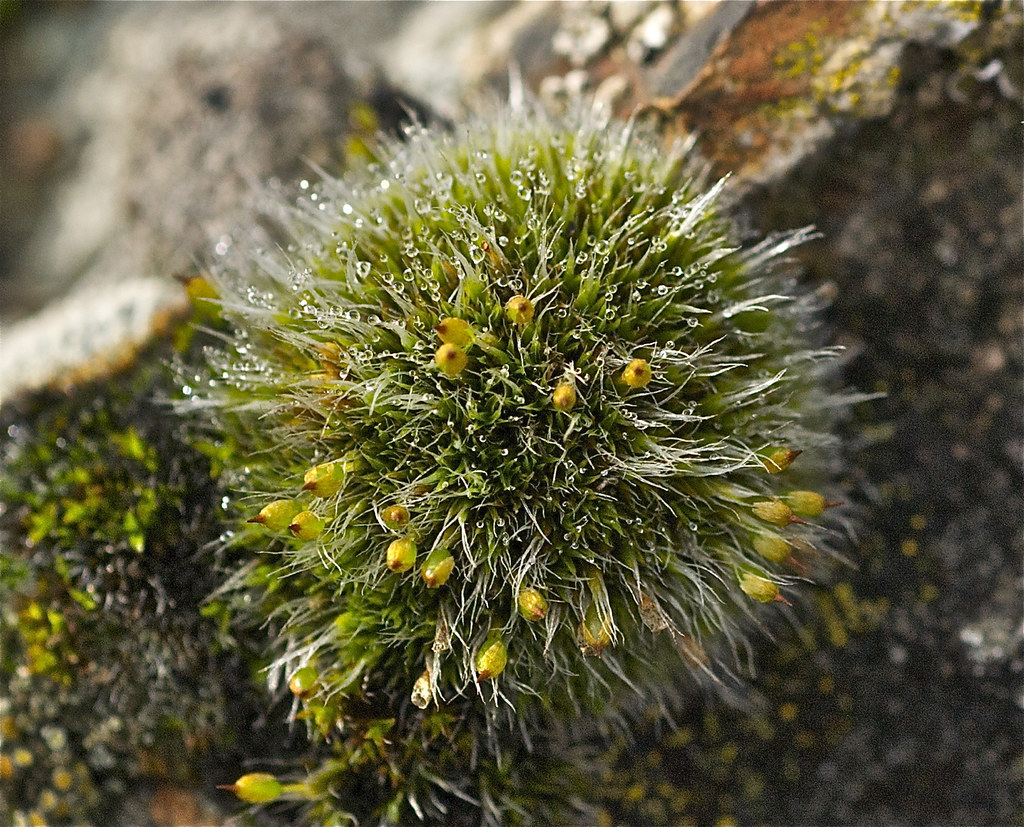
Possibly Yellow-green cushion moss (Dicranoweisia crispula)

Possibly Palm moss (Climacium dendroides)
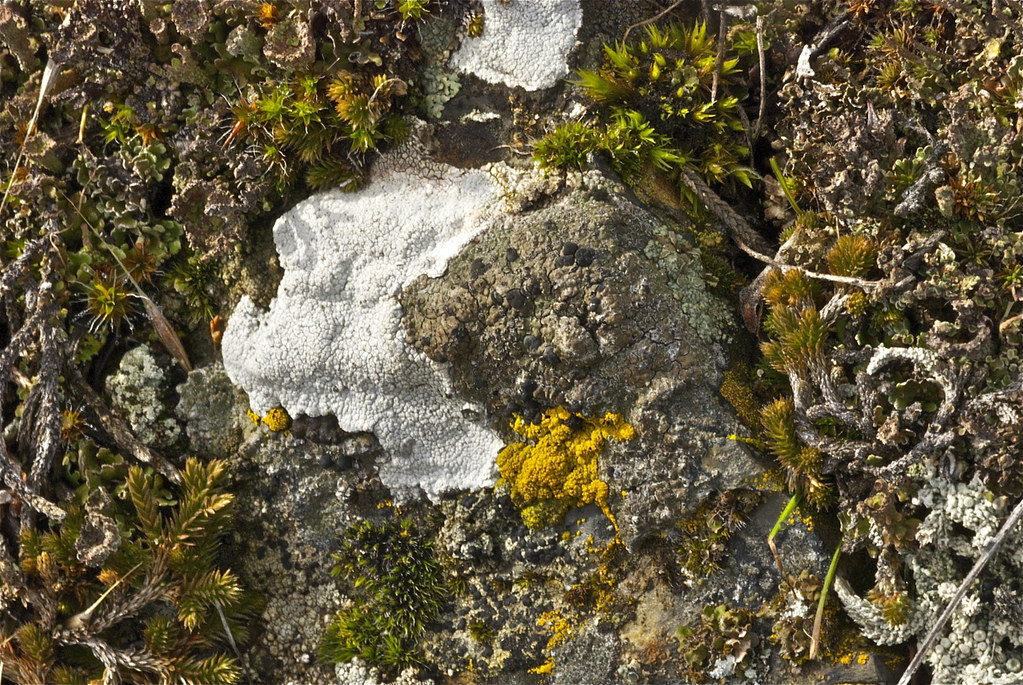
No good guesses
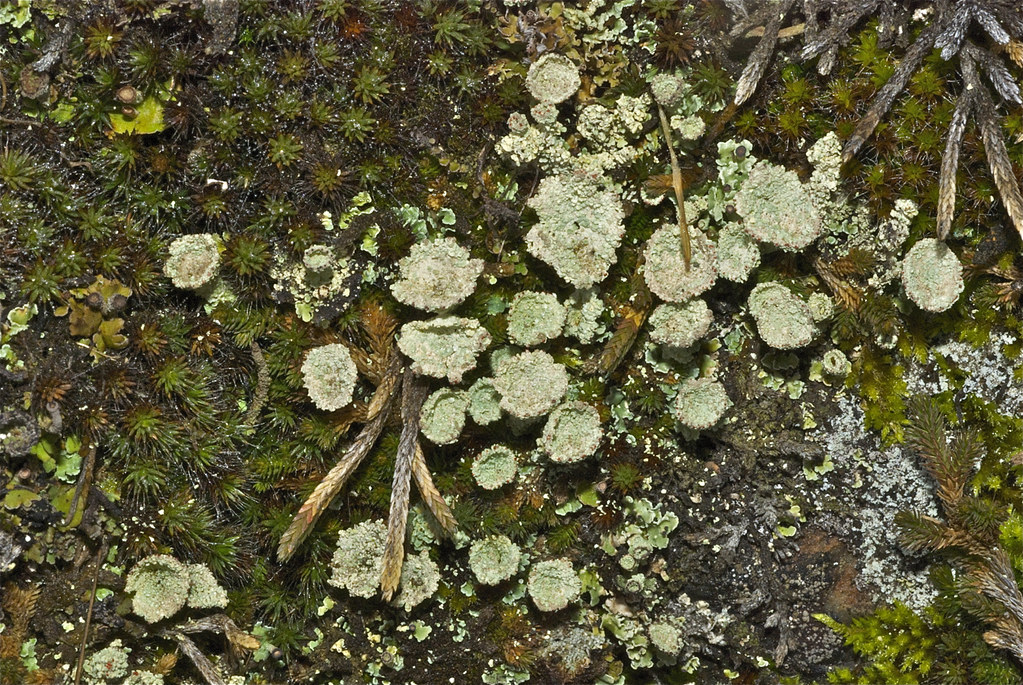
Pixie-cup Lichen (Cladonia pyxidata)?
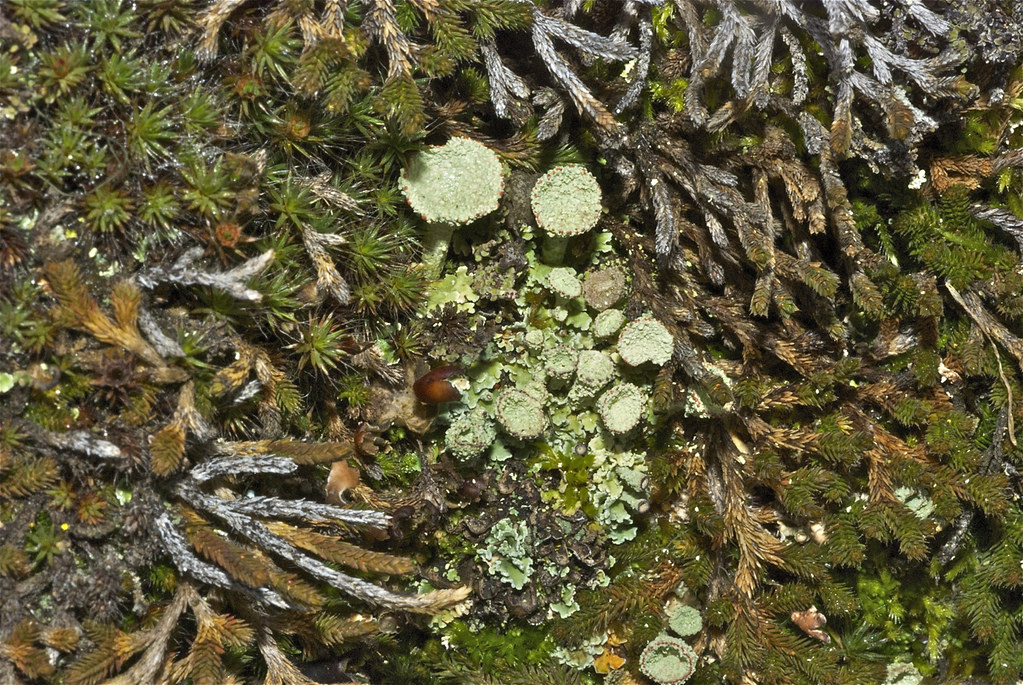
Pixie-cup Lichen (Cladonia pyxidata) ?
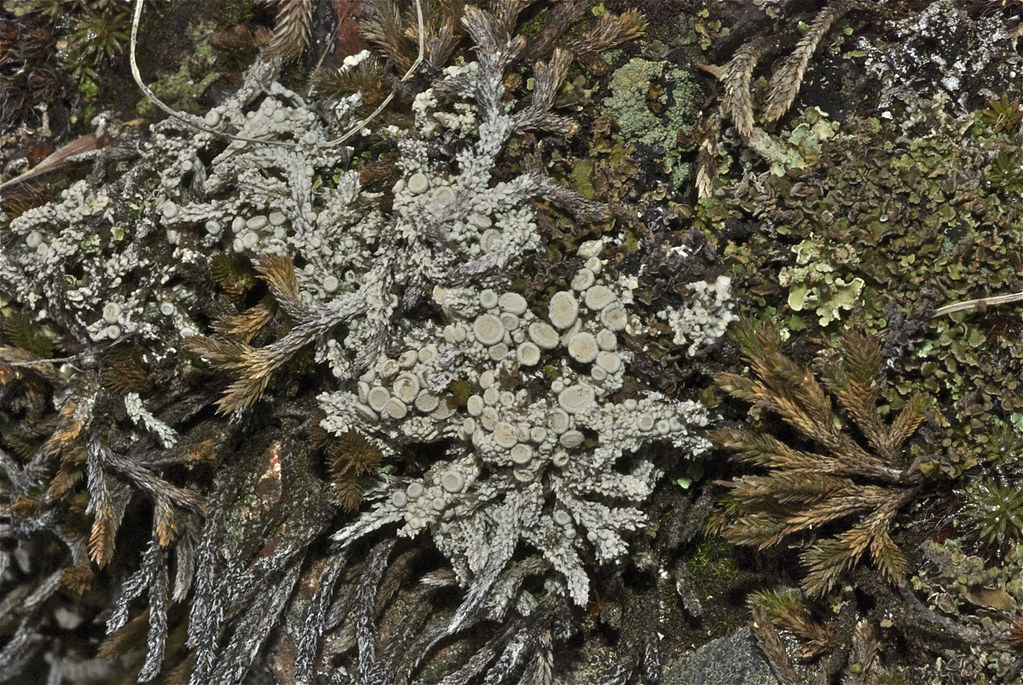
No idea

No idea

Possibly Cow Pie lichen (Diploschistes muscorum) ?
RSS feed for comments on this post. TrackBack URI









Great colours and textures in this miniature world.
LikeLike
Comment by wordsfromanneli — February 12, 2015 @ 9:44 pm
There’s beauty and a huge amount of diversity in their world, isn’t there!
LikeLiked by 1 person
Comment by montucky — February 12, 2015 @ 9:51 pm
For sure. It’s amazing how varied the kinds of mosses and lichens are when you study them up close.
LikeLike
Comment by wordsfromanneli — February 13, 2015 @ 12:34 am
I have no clue what any of these are because I didn’t do well in the botany course either. I like the photographs, though.
LikeLike
Comment by Malcolm R. Campbell — February 13, 2015 @ 12:17 am
Over the years I have struggled through a lot of wildflower ID’s and somewhat gotten the hang of them, but lichens are an entirely different story. Very difficult for me.
LikeLike
Comment by montucky — February 13, 2015 @ 9:50 am
Great nature study. The second photo is my favorite!
LikeLike
Comment by Sartenada — February 13, 2015 @ 12:49 am
I’m glad that you liked it. That moss was so pretty that I thought it should have a good, close look!
LikeLike
Comment by montucky — February 13, 2015 @ 9:52 am
You are doing well to identify any at al! Lichens are impossible (but still beautiful!)! Great pics.
LikeLike
Comment by Jo Woolf — February 13, 2015 @ 1:25 am
Yes, they are difficult to identify. There are hundreds of species and the differences between some of them are very slight.
LikeLike
Comment by montucky — February 13, 2015 @ 9:53 am
I am extremely ignorant of lichen species despite being a huge fan. These examples are fantastic! You really do take wonderful nature pics. Thank you!
LikeLike
Comment by Jane — February 13, 2015 @ 2:39 am
Thank you Jane. I have photographed about 200 different species of wildflowers in this area, but I haven’t even gotten a start on the lichens. They are fairly easy to photograph (if you do well around cliffs) but very difficult to identify. My favorite wildflower reference for this region has 300 pages of wildflower information, but only 30 of lichens. I think they had a hard time too.
LikeLiked by 1 person
Comment by montucky — February 13, 2015 @ 9:57 am
Lichens and bryophytes seem to occupy a world all of their own, very different from ours. Getting to know them can take a lifetime, which is why I can’t help you with the id 🙂
LikeLike
Comment by Mike Howe — February 13, 2015 @ 3:37 am
Exactly. And I’ve read that many of them llife well over a thousand years. There must be a lot of age variety there too.
LikeLiked by 1 person
Comment by montucky — February 13, 2015 @ 9:58 am
They are fascinating!
LikeLike
Comment by bentehaarstad — February 13, 2015 @ 6:16 am
They are! And very pretty too, some of them. Some are food sources for the wildlife and I’ve read that some make a nutritional soup, but that would require a lot more study.
LikeLike
Comment by montucky — February 13, 2015 @ 9:59 am
Other than the pixie cup lichens I’ve never seen any of these. I like that moss that you thought might be Palm moss, but palm moss is more tree like. After a quick look through my moss book I think it might be bordered brook moss (Platylomella lescurii) but mosses are tough to identify, even when you have them right in front of you. It could also be golden foxtail moss (Brachythecium salebrosum). The color doesn’t look right for that one but many mosses darken as they dry out. The lichens are beautiful-I wish I knew what they were. One of them looks like it’s growing right on the moss, which is something I’ve never seen.
You gave that macro lens a real workout!
LikeLike
Comment by New Hampshire Garden Solutions — February 13, 2015 @ 7:24 am
You would have a good time here studying the lichens. There are hundreds of different ones and they are very plentiful just about everywhere, especially in the roadless and wilderness areas where they have never been disturbed.
LikeLike
Comment by montucky — February 13, 2015 @ 10:03 am
no matter their names, they are all lovely!
LikeLike
Comment by gypsythyme — February 13, 2015 @ 7:40 am
They are indeed. I feel badly that I know so little about them. Those in this post are but a few and don’t include any of the very large ones.
LikeLike
Comment by montucky — February 13, 2015 @ 10:05 am
Some very unique bits of nature, captured by your sharp eye and camera!
LikeLike
Comment by Ron Mangels — February 13, 2015 @ 9:34 am
They are indeed unique, Ron. I love to see them and probably should photograph them much more than I do.
LikeLike
Comment by montucky — February 13, 2015 @ 10:07 am
I wish i ever saw a variety of lichen like that. I never learned much because I don’t see much. Maybe I’m not looking hard enough. Great pictures of them.
LikeLike
Comment by Ratty — February 13, 2015 @ 3:39 pm
Thanks Ratty. I’ve read that there are about 500 species in Iowa, so some may be close to you. Many are quite small. Good hunting!
LikeLike
Comment by montucky — February 13, 2015 @ 8:32 pm
Good photos there! I have a feeling my next post could be similar; ‘possibly (this)’, or ‘could be a (that)’. My partner and I did a couple of hikes in Tasmania (Australia) on our summer holiday, and one place in particular had fantastic mosses and lichens – Mt Field National Park. But… just because I have a couple of field guides, I’m not certain how well I’m doing at getting the identification spot on! Hopefully someone will correct me if I’m wrong.
It was interesting to see some of your species.
: )
LikeLike
Comment by Dayna — February 13, 2015 @ 4:04 pm
Thanks! I’ve acquired a small amount of skill in identifying wild flowers, but not with lichens. I’m pretty good at finding them, but I really don’t know much about them. I’ll have to start!
LikeLiked by 1 person
Comment by montucky — February 13, 2015 @ 8:34 pm
A wide variety of lichen.
Brilliant job on that 2nd photo. You got the light on the water droplets and DOF just right for a particularly lovely image.
LikeLike
Comment by Vicki — February 13, 2015 @ 5:27 pm
Thank you Vicki. The macro lens that I have has a very shallow depth of field, but it’s a pretty good lens and fun to use. In spring and summer I have it always with me.
LikeLiked by 1 person
Comment by montucky — February 13, 2015 @ 8:37 pm
Great photos! I lichen them very much.
LikeLike
Comment by Kinzel, Chad — February 13, 2015 @ 7:07 pm
Hi Chad! You must have a wealth of lichens in your stomping grounds too!
LikeLike
Comment by montucky — February 13, 2015 @ 8:38 pm
I don’t know any lichen but amazing that there are so many worlds within worlds within worlds if you just stop and look.
LikeLike
Comment by Candace — February 13, 2015 @ 8:41 pm
It is amazing how many worlds we have all around us, isn’t it! The little macro lens that I have has been a wonderful purchase! I remember seeing many types of lichens in the Superstition mountains but as I recall they were not the same ones that we have here.
LikeLike
Comment by montucky — February 13, 2015 @ 8:57 pm
Love the variety of texture, color and shape of lichen. You’ve presented these very well.
LikeLike
Comment by Tammy — February 17, 2015 @ 8:23 am
Thanks Tammy. This is an area that is rich in lichen. They are everywhere in the areas that have not been exploited or developed. They are organisms that suffer greatly at the hands of exploiters who know absolutely nothing about them.
LikeLike
Comment by montucky — February 17, 2015 @ 9:17 am
That cushion moss is just splendid! I love the little filaments, and the combination of green and yellow. As a kid, I thought mosses were yucky (slick, and slimy) and lichens were gross (for no good reason). But as so often happens, a little more knowledge changed my perspective. I was looking around to see what I could learn about the lichens we have here, and I found this, which I thought was so interesting: “It’s easy to mistake lichens as the cause of tree or branch death because they tend to grow on sick trees. In fact, the reason they turn up is because a sick tree has a thin canopy and lets in the sun that makes lichens grow.” I confess I’ve thought lichens the culprit, especially on live oak trees. Apparently I’ve been wrong.
LikeLike
Comment by shoreacres — February 17, 2015 @ 1:55 pm
Lichens would make a good story for a number of reasons. One species (Green Map Lichen ~ Rhizocarpon geographicum) lives for many thousands of years, even longer than the famous Bristlecone Pine. Others, like Punctured Rocktripe and the Edible Horsehair can be eaten and in fact the latter was a staple for the Southern Interior native of British Columbia. It is also a important winter food for deer, elk, moose, flying squirrels and caribou. Several years ago a flying squirrel spent a year in a bird box not far from our house, and inside the box I found a pretty good stash of horsehair.
LikeLike
Comment by montucky — February 17, 2015 @ 8:47 pm
I’m terrible figuring out what these are as well- great pictures though!
LikeLike
Comment by Watching Seasons — February 19, 2015 @ 7:42 am
They are difficult to identify. I spent a bunch of time last night trying to identify what I think may be moss… with no luck.
LikeLike
Comment by montucky — February 19, 2015 @ 9:32 am
For some reason I’ve always loved lichen and fungus.
LikeLike
Comment by 2ndhalfolife — February 22, 2015 @ 12:43 pm
I like them also and they add a lot to the ecology besides just their visual appeal.
LikeLike
Comment by montucky — February 22, 2015 @ 12:51 pm
Great macros of fascinating subjects. That last one made me laugh. I can’t identify mosses or lichens either, but I’m betting you made that one up!
LikeLike
Comment by seabluelee — February 25, 2015 @ 10:02 pm
Actually I didn’t make it up, but I did get a kick out of it. I’ve found several good websites for lichens, and none seem to provide common names for them, only the scientific names, but there is a rather brief section in my favorite wildflower book that covers this area, and it shows that “Cowpie Lichen” is the common name for that species (if I have the species identified correctly). It was surprising to me because I have seen dozens of other lichen that fit that description much more closely.
LikeLiked by 1 person
Comment by montucky — February 25, 2015 @ 10:12 pm